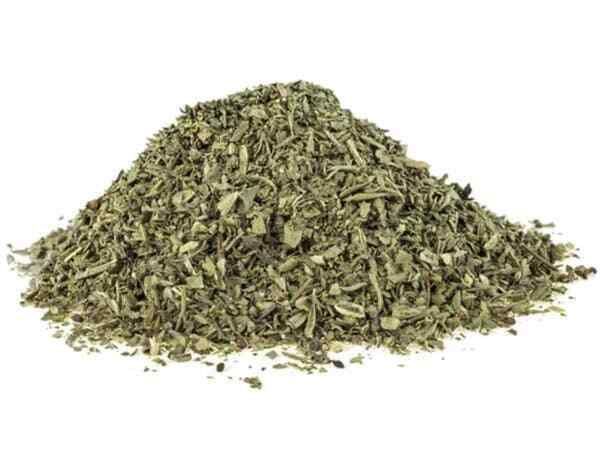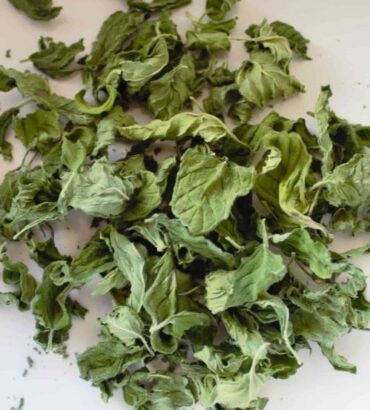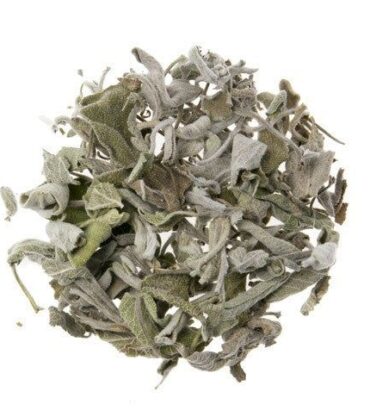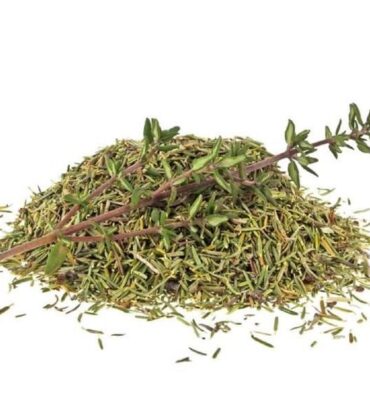Tulsi, also known as holy basil (Ocimum sanctum or Ocimum tenuiflorum), is a highly revered herb in both culinary and medicinal fields. When exporting tulsi, it’s important to highlight its unique characteristics and benefits:
Description of Tulsi
1. Botanical Name:
- Ocimum sanctum or Ocimum tenuiflorum
2. Appearance:
- Tulsi plants typically have green to purple leaves, depending on the variety (such as Krishna Tulsi, Rama Tulsi, and Vana Tulsi). The leaves are ovate with serrated edges and can have a slightly hairy texture.
3. Aroma and Flavor:
- Tulsi has a distinctive, aromatic fragrance with a blend of clove and mint-like undertones. Its taste is mildly peppery and spicy, making it a popular ingredient in various culinary preparations.
4. Medicinal and Therapeutic Benefits:
- Adaptogenic Properties: Helps the body adapt to stress and maintain balance.
- Antioxidant: Rich in antioxidants which help neutralize harmful free radicals.
- Anti-inflammatory: Reduces inflammation and supports overall immune health.
- Antibacterial and Antiviral: Known for its properties that help combat infections and boost immunity.
5. Uses:
- Culinary: Used in teas, soups, and sauces for its flavor and health benefits.
- Medicinal: Commonly used in traditional medicine for respiratory issues, digestive health, and stress management.
- Cosmetic: Included in skincare products for its soothing and antibacterial properties.
6. Cultivation and Harvest:
- Tulsi is grown in tropical and subtropical climates. It thrives in well-drained soil with ample sunlight. Harvesting typically occurs when the plant is in full bloom, which is when the essential oil content is at its peak.
7. Processing:
- For export, tulsi can be processed into dried leaves, powdered form, or essential oil. Ensuring high-quality processing and packaging is crucial to maintain its potency and efficacy.
8. Packaging:
- Tulsi should be packaged in airtight containers to preserve its freshness and prevent contamination. Proper labeling with information on origin, cultivation methods (organic or conventional), and any certifications should be included.
9. Compliance and Certification:
- Ensure that the tulsi meets the export regulations of the destination country. Certifications like organic or fair trade can enhance its market appeal.
10. Market Demand:
- Tulsi is popular in various markets due to its diverse applications and health benefits. Highlighting these attributes can help position it effectively in the global market.
When preparing tulsi for export, maintaining high quality and adhering to international standards is key to ensuring its success in the global market.







There are no reviews yet.